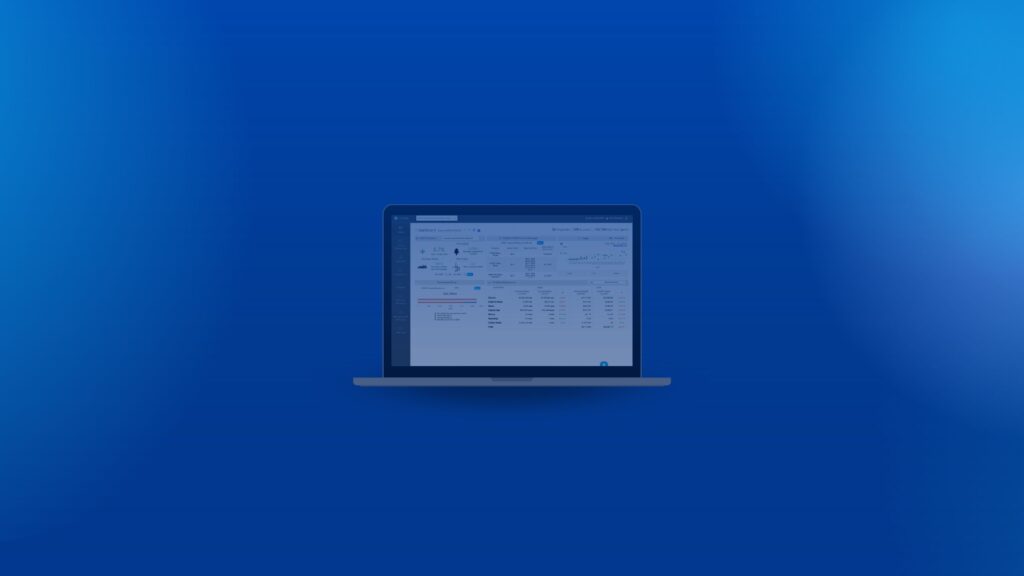1. Understanding Carbon Accounting
Carbon accounting is the process of measuring and tracking greenhouse gas (GHG) emissions resulting from an organization’s operations. The data gathered through this process is essential for creating a carbon footprint, which is the total amount of GHGs emitted by an organization, expressed in carbon dioxide equivalents (CO2e). Carbon accounting is a critical tool for businesses looking to reduce their environmental impact and move towards sustainable practices.
2. Best Practices for Data Collection and Management: Building a Solid Foundation
To ensure accurate carbon accounting, organizations must gather comprehensive data on their emissions. This involves collecting information on direct emissions (Scope 1), indirect emissions from purchased electricity and heat (Scope 2), and indirect emissions from the supply chain and other activities (Scope 3). Consider the following steps to streamline data collection and management:
- Identify emission sources: Assess your organization’s operations to identify all sources of emissions.
- Establish data collection methods: Develop standardized procedures for collecting emission data, such as energy consumption, fuel usage, and transportation activities.
- Assign responsibilities: Designate a team or individual responsible for gathering and managing carbon accounting data. Develop processes for data management across business operations, from facility managers to sustainability heads to the C-suite.
- Automate energy and utility data collection to reduce manual entry errors.
- Engage known suppliers and utility providers to account for upstream sources.
- Prioritize the collection of auditable data and avoid secondary sources that may be unreliable.
3. Ensuring Data Quality: Garbage In, Garbage Out
Data quality is crucial for accurate carbon accounting. Inaccurate data may lead to miscalculations in emissions, undermining your organization’s sustainability efforts. To ensure data quality, consider these strategies:
- Verify data sources: Cross-check data against multiple sources to ensure consistency and accuracy.
- Perform regular audits: Conduct regular internal and external audits to assess data quality and identify potential discrepancies.
- Implement a data management system: Utilize a dedicated software platform or database to store, organize, and track your carbon accounting data.
4. Carbon Calculation: Crunching the Numbers
Once you have collected high-quality data, it’s time to calculate your organization’s carbon footprint. The following steps will help you achieve accurate calculations:
- Choose a methodology: Select a widely-recognized carbon accounting standard, such as the Greenhouse Gas Protocol, to ensure consistency and credibility.
- Classify emissions into scopes: Organize your emissions data into Scope 1 (direct emissions from owned or controlled sources), Scope 2 (indirect emissions from the generation of purchased energy), and Scope 3 (all other indirect emissions that occur in the value chain).
- Establish a Baseline Year and target: To effectively track progress and set meaningful targets for emissions reduction, organizations must establish a baseline year and corresponding carbon footprint. This baseline will serve as a reference point for measuring changes in emissions over time. It is crucial to choose a representative baseline year that reflects normal operations, excluding any anomalies or significant changes in business activities.
- Apply emission factors: Convert activity data (e.g., energy consumption) into CO2e using appropriate emission factors. These factors can be found in resources like the EPA’s Emissions Factors Hub or the GHG Protocol’s Emission Factors Database.
- Account for global warming potential (GWP): Different GHGs have varying GWP values, which measure the heat-trapping potential of a gas compared to CO2. Multiply the emissions of each GHG by its GWP to convert it into CO2e.
- Aggregate data: Sum the emissions from all sources and scopes to calculate your organization’s total carbon footprint.
5. Leveraging AI and Cloud-Based Software for Carbon Accounting Support
Gathering emissions data manually is not only cumbersome for corporations but error-prone and lacks standardization. Many companies fail to collect activity data in real-time consistently over time, do not undergo emissions baseline calculations at the outset of GHG accounting adoption, and fail to check data progress against checkpoints on a quarterly, yearly, or monthly basis. While traditional methods like spreadsheets may suffice for small-scale operations, they ultimately fall short in providing accuracy and efficiency for larger organizations. To overcome these challenges, AI and cloud-based software solutions can streamline carbon accounting processes, enhance data accuracy, and facilitate compliance with international standards. By leveraging these technologies, organizations can:
- Access accurate real-time and historical energy data, easily audited for compliance and rooted in international standards for GHG emissions factors.
- Minimize human error by automating data collection and calculations.
- Continually track emissions data to measure progress and make timely adjustments to sustainability strategies.
- Efficiently manage data from multiple business operations, emission sources, and varying emissions factors.
- Scale operations: Cloud-based solutions can effortlessly handle data from multiple business operations, emission sources, and varying emissions factors, ensuring consistent and accurate calculations.
- Ensure compliance: Integrating carbon accounting data with corporate financial reporting ensures consistency, transparency, and credibility for stakeholders.
While many new sustainability-focused SaaS companies offer visually appealing interfaces, it’s crucial to prioritize robust data processing functionality. In order to combat manual entry errors, look for sophisticated energy and sustainability data management solutions that continuously collect environmental data over time straight from the source (meter level), have goal tracking capabilities, internal audit, and data checking functionality, and can compute GHG accounting based on current standards and verified calculation methods. Seek solutions that:
- Support automated data capture and hierarchy management tools for GHG inventory boundaries.
- Provide access to nationally recognized carbon emissions factors data tables and support various carbon accounting methodologies.
- Offer target tracking capabilities and the ability to set and recalculate baselines.
- Ensure global compatibility with multi-metric and multi-currency reporting.
- Calculates market-based AND location-based scope 2 emissions according to internationally recognized protocols like the Greenhouse Gas Protocol’s Corporate Standard.
WatchWire provides full-service carbon accounting, tracking Scope 1, 2, and 3 emissions, renewable energy credits (RECs), global warming potential, and more. To discover more about WatchWire and its capabilities, you can visit our website, blog, or resource library, request a demo, or follow us on LinkedIn, Instagram, or Twitter to keep up-to-date on the latest energy and sustainability insights, news, and resources.
 Ins & Outs of the California Climate Disclosure Laws
Ins & Outs of the California Climate Disclosure Laws
 Log In
Log In








